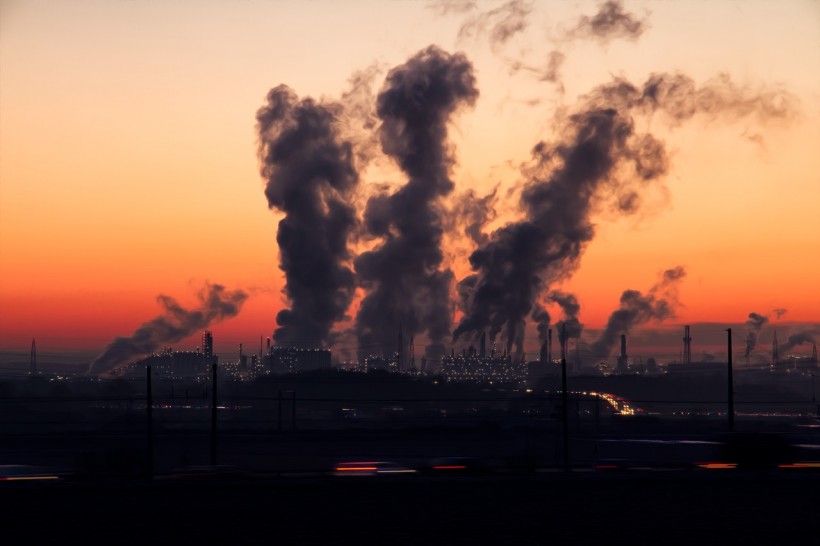Experts saw a large, all-season hole in the ozone layer that resembles the one found over the atmosphere of the Antarctic. According to the study, the ozone hole exists in the lower stratosphere and has a depth similar to the springtime hole in southern polar skies.
Despite the new ozone hole being comparable to Antarctica's, its size measures seven times the area. The specifics from the new, all-season ozone hole were confirmed by matching its data from the ones collected through the cosmic-ray-drive electron reaction or CRE.
The data would be utilized in other research regarding the physical mechanisms impacting the ozone holes in the tropical and south polar regions.
New Ozone Hole in the Tropics

An expert from the University of Waterloo discovered a new ozone hole in the tropics' lower stratosphere. According to the records, the tropics have an ozone loss that is 25 percent larger than other regions of the planet with an undisturbed atmosphere.
Qing-Bin Lu, a specialist at Waterloo's Department of Physics and Astronomy and Departments of Biology and Chemistry, explained that the tropics own approximately half of Earth's surface area and are home to nearly half of the global population. The numbers are one of the reasons why the tropical ozone hole exists, and it could lead to a greater global concern.
Lu said that the ozone layer's depletion could result in an intense rate of ground-level UV radiation, a material that could increase cataracts, skin cancer, and weaker immune protection in humans. Moreover, the unfiltered heat from the UV emitted by the sun that passes through a large ozone hole could affect agricultural productivity and decrease the population of the more-sensitive organisms in the aquatic ecosystems.
The scientific community did not expect the discovery of the new ozone hole, as there were no reliable predictions gathered from conventional photochemical models commonly used for the matter.
The data Lu collected were compared to the information from the cosmic-ray-driven electron reaction or CRE model and revealed the same rates, confirming that the hole's existence is indeed possible, reports Business Standard.
ALSO READ: Alarming Outbreak of Skin Tumor Among Antarctic Fish Linked to Climate Change
Larger Than Antarctica's Ozone Hole
In the 1970s, most atmospheric studies implied that the ozone layer was starting to deplete due to industrial, human-induced activities. One factor that makes this anti-UV protection thinner through the early years is chlorofluorocarbons or CFCs.
More than a decade later, the scientific community confirmed the first-ever discovery of a large ozone hole right above the skies of the Antarctic region, and this damage was linked to CFCs. Since then, many countries have banned the use of this compound. The effects of global action slowed down the Antarctic ozone depletion slightly, but later shreds of evidence show the depletion still resisted.
Lu said that the discovery calls for more careful analysis regarding the depletion of ozone, shifts in UV radiation, cancer-related effects, and other negative impacts of the phenomenon on humans and ecosystems in the tropics.
The study was published in AIP Advances, titled "Observation of large and all-season ozone losses over the tropics."
RELATED ARTICLE: Glacier in Italian Alps' Marmolada Melts, Caused Avalanche That Took 6 Hikers
Check out more news and information on Climate Change in Science Times.














